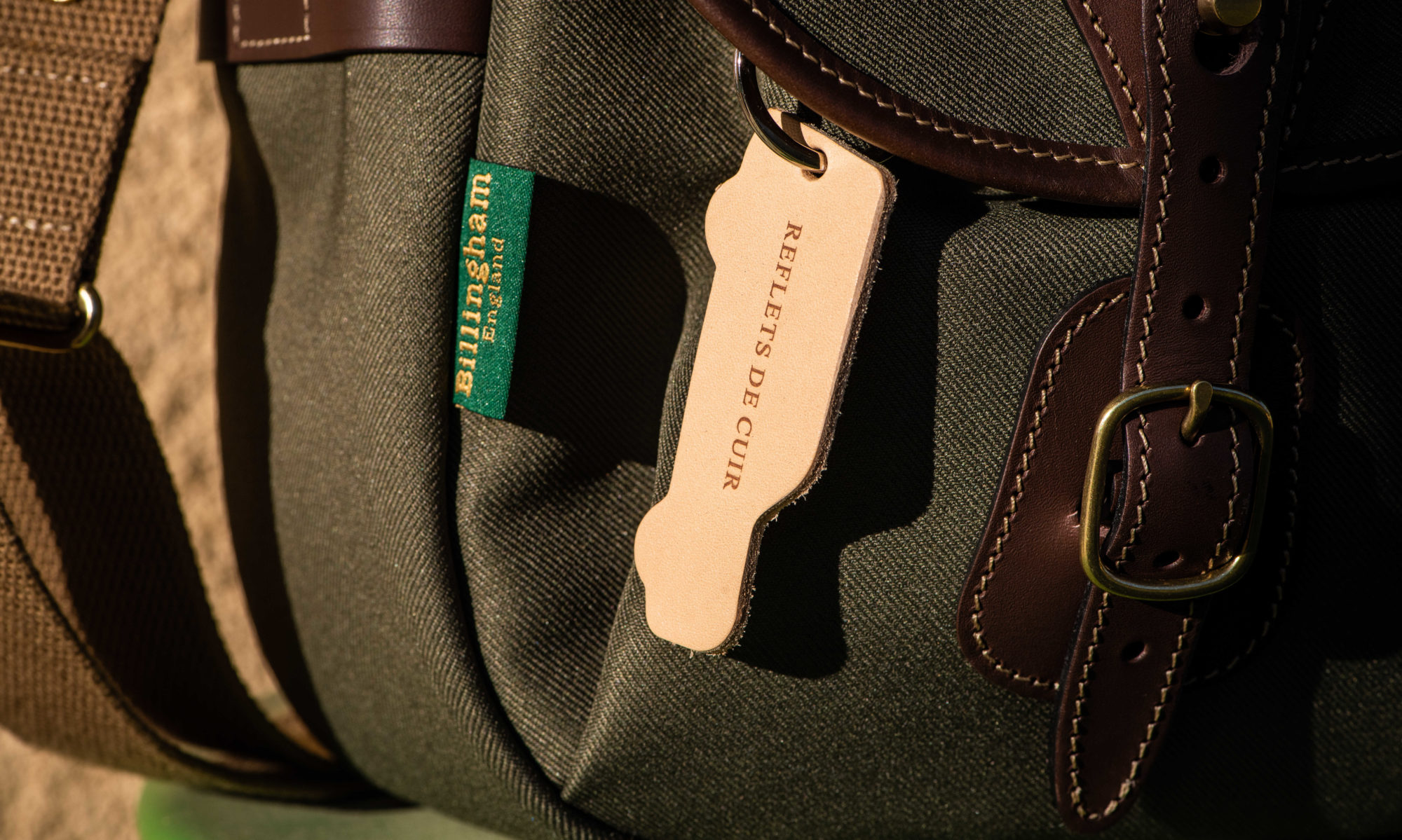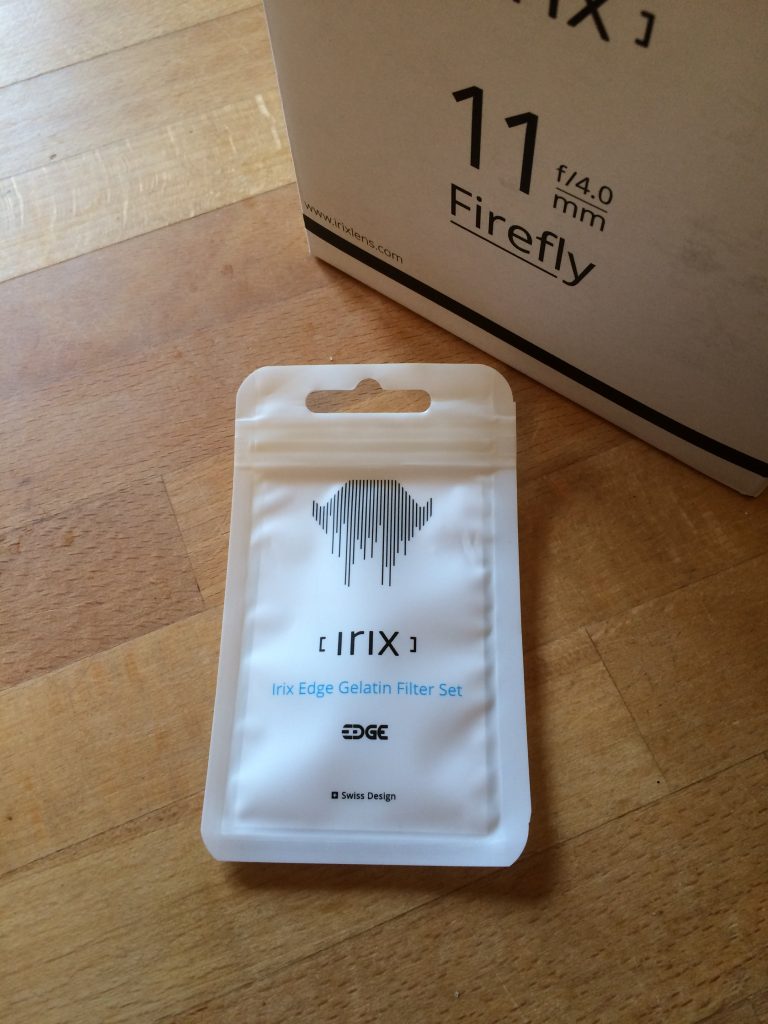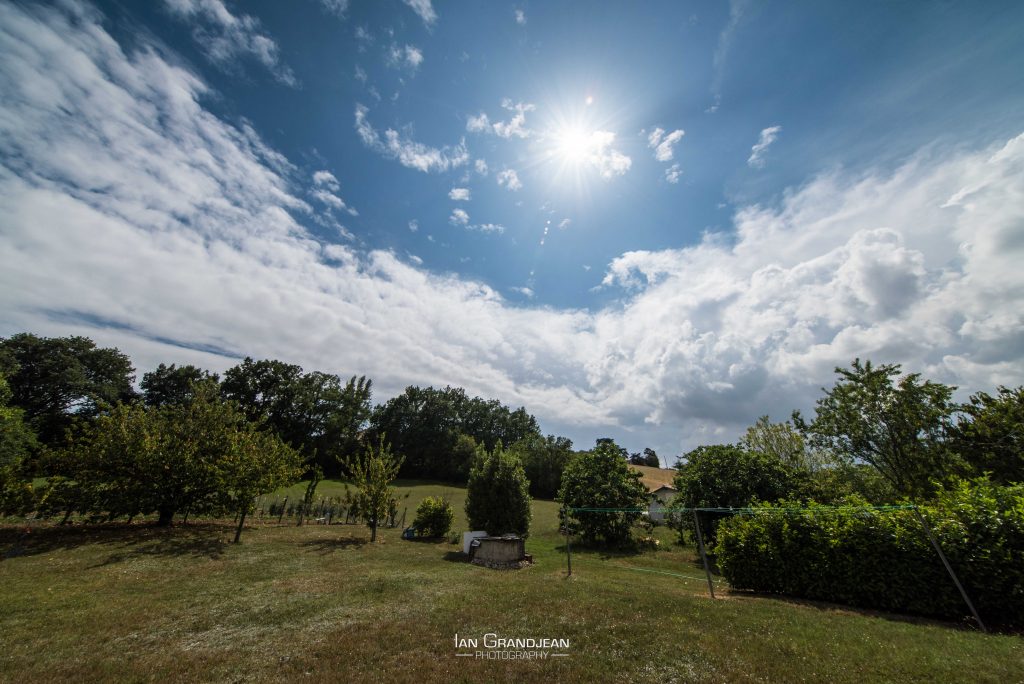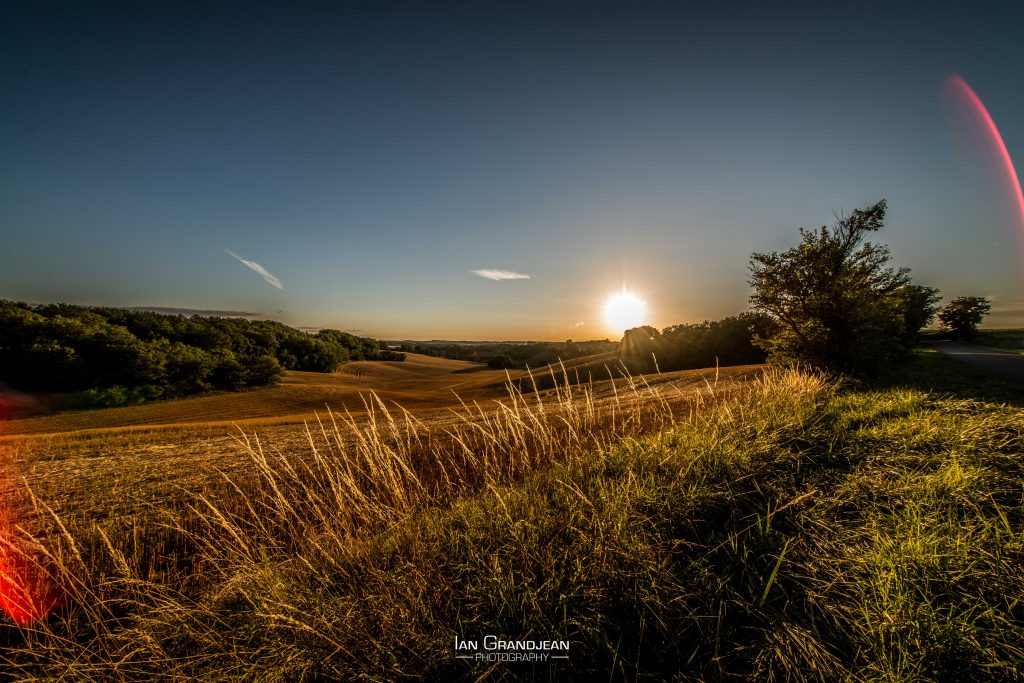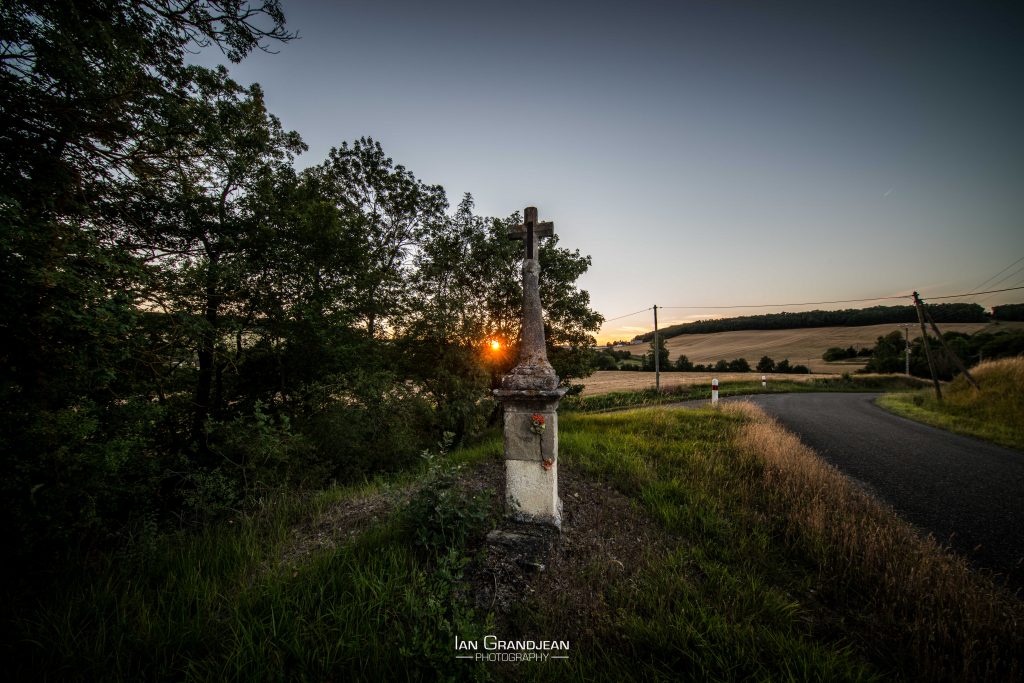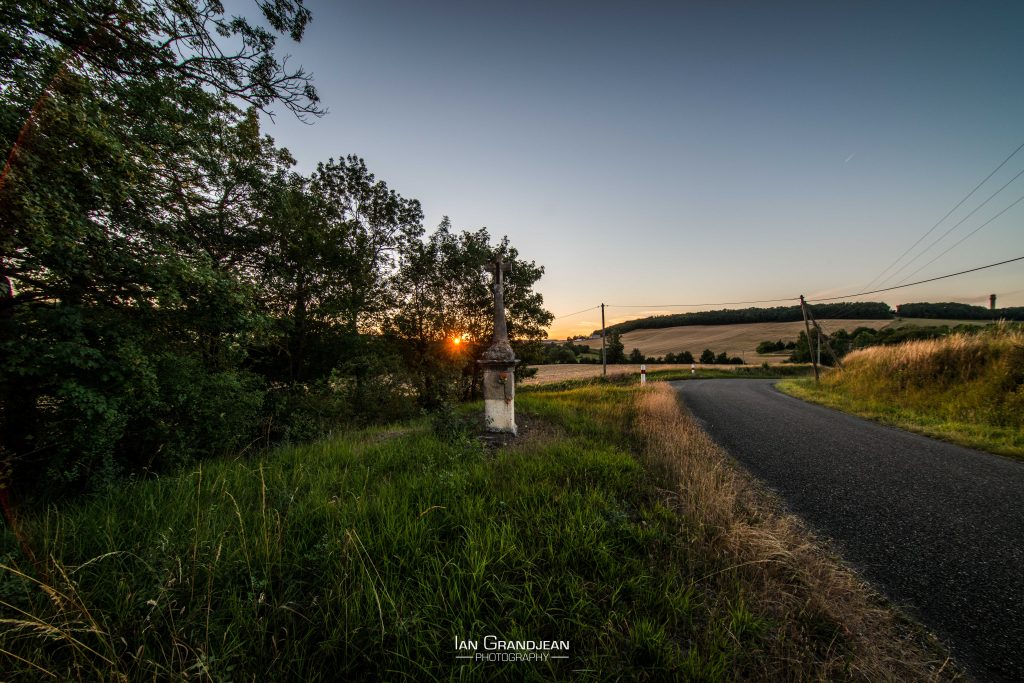Sadly the weather has decided to be grotty at the weekend (when I’m available) and then get better during the week (when I’m not), so I’ve yet to be able to get out and really test this lens – however, here are a few comments from the little use I’ve been able to put it to:
This is the Firefly version (the cheapest!) which doesn’t have a metal outer body and glow-in-the-dark scales etc. The body has a very smooth, nicely tactile plastic surface, with a permanently fixed lens hood. The lens cap cleverly clips onto ridges on the inside of the two smaller ‘petals’ of the lens hood. The focusing is very smooth, and the focus lock a very good initiative – given that for the most part I’ll be using the hyperfocal distance* to focus, it’s very useful to be able to lock the focusing ring so that it doesn’t move when I’m moving the camera.
The lens itself is fairly hefty at over 700g, and the huge domed front element is well protected by the lens hood – it’ll be interesting to see if third-party lens hood manufacturers like Fotodiox will eventually come out with a system (similar to the one they market for the 14-24mm Nikon) for this lens. (Which would also enable filters, like a circular polarizer, to be used)
Probably the most oft-used filter with this kind of lens is the ND (Neutral density) and here IRIX scores points by building in a gelatin filter holder behind the rear element. I’ve received the gelatin filter pack (below) and will be trying this out when I go into the Pyrenées again back to the Gorgues d’Asque and up onto the river.
I have taken a few very hasty shots and aside from the incredible ‘width’ (which can only really be measured by comparison with images from the same point but taken with different focal lengths) I can only really comment on lens flare.
With a reduced point source (sun high during the day) the flare is very well handled.
However, when the point source appears larger (sunset, for example) the resulting flare is very noticeable:
This ‘apparent size’ is obviously due to the level of humidity in the air, and also the fact that the sun is further away at sunset than at midday.
In terms of field of view, here are two examples, the first taken with a 16mm Nikon, and the second with the 11mm IRIX – both images taken from the same position.
IRIX have made available a series of lens corrections for Lightroom, for both the 11mm and 15mm lenses, and these seem to correct very well. For obvious reasons, when using ultra-wide angle lenses, the most important aspect is to have the camera completely level. This is obviously made easier by the artificial ‘horizon’ mechanisms in modern reflex cameras, in addition to using the Lightroom corrections, images show remarkably well corrected verticals.
I am looking forward to further test this amazing lens, and despite the lens flare, I feel it was a good investment for someone who loves extreme wide angle lenses. (But then I would say that…)
*Hyperfocal distance – this is the distance at which, for a given aperture, a lens will render sharp images from infinity back to a meter (or less) in front of the lens. Ultra-, and extreme-wide angle lens have an extended depth of field, due to their design, and this can make focusing extremely difficult looking through the viewfinder. It is often a great deal easier to simply set the lens at it’s hyperfocal distance and set the corresponding aperture on the camera. This lens has a hyperfocal distance scale.
